
views

Understand that NOx is produced in the combustion chamber at temps higher than 2500F. The richer the air to fuel ratio (less than 14.7/1), the cooler the combustion will be, the leaner the air to fuel ratio (more oxygen), the hotter the combustion is and more NOx is produced. These particular engines either equipped or not with an EGR system may produce excessive NOx due to a lean condition.

Make sure that if equipped with a catalytic converter, it has not been removed. This device is located underneath the car in the exhaust system, between the exhaust manifold and the muffler.
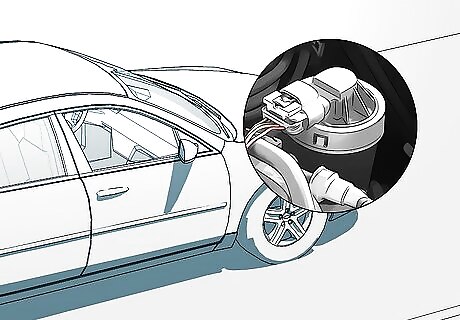
Make sure the EGR (Exhaust Gas Recirculation/Re-combustion) system is functioning properly, and particularly, that the EGR ports are clear. To check if the EGR ports are clear, start the engine and let it idle; using hot-gloves or a rag, reach underneath the EGR valve and push the diaphragm actuator rod upward. If the engine stalls or runs very rough, then the EGR ports are clear. If no (or very little change) occurs in engine RPM, then the EGR ports are plugged and must be cleared first (See repair manuals or Google it). Retest as mentioned.
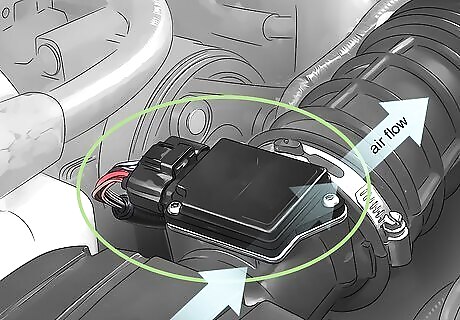
Now to the lean condition. Air volume entering from the air duct through the air filter is measured by the MAF (Mass Air Flow) sensor, usually located just before the throttle body and held down by three small screws.
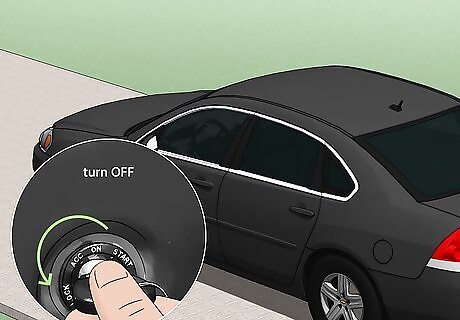
Turn the ignition key to the "OFF" position.

Remove the electrical connector from the MAF sensor.

Remove the three screws and gently remove the sensor, careful not to damage the small resistor and wire at the opposite end of the sensor.
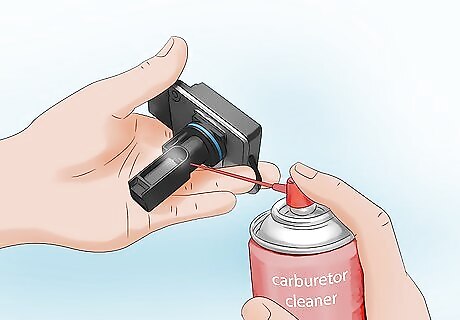
Using carburetor cleaner or brake cleaner, spray the resistor and wire thoroughly, you can use a toothbrush but be careful not to break the tiny wire.
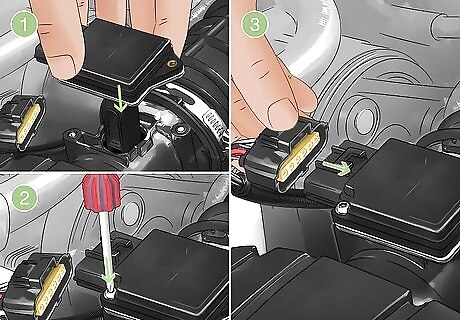
Reinstall the MAF, making sure the screws are snug, and the electrical connection is plugged in completely. Have the vehicle's emission gas retested to make sure it is in compliance with state guidelines.




















Comments
0 comment